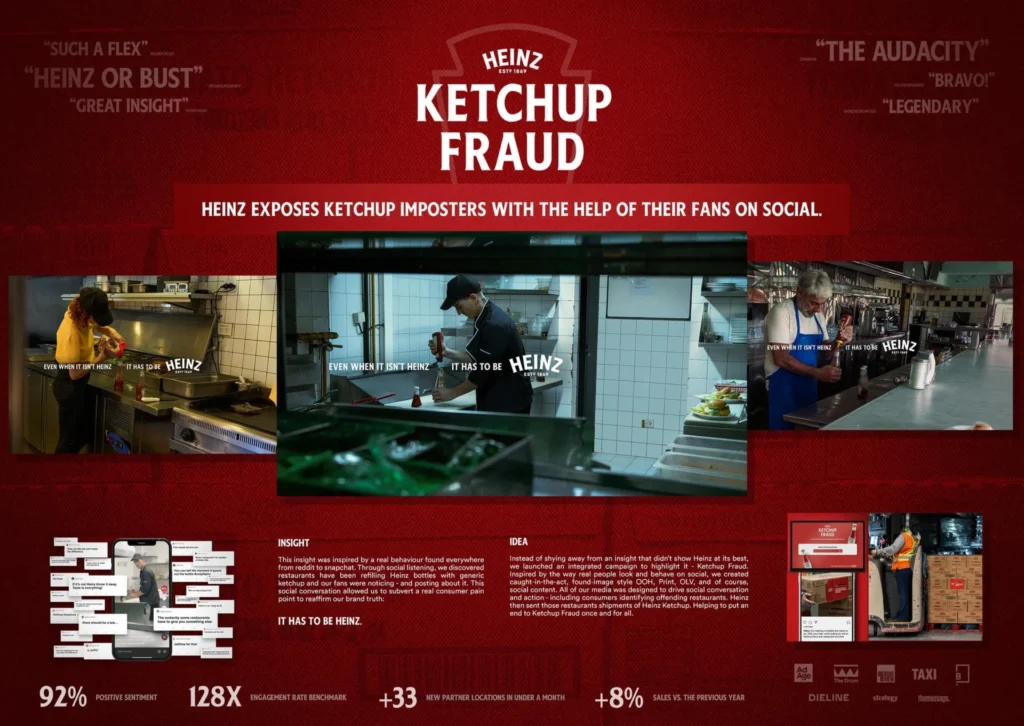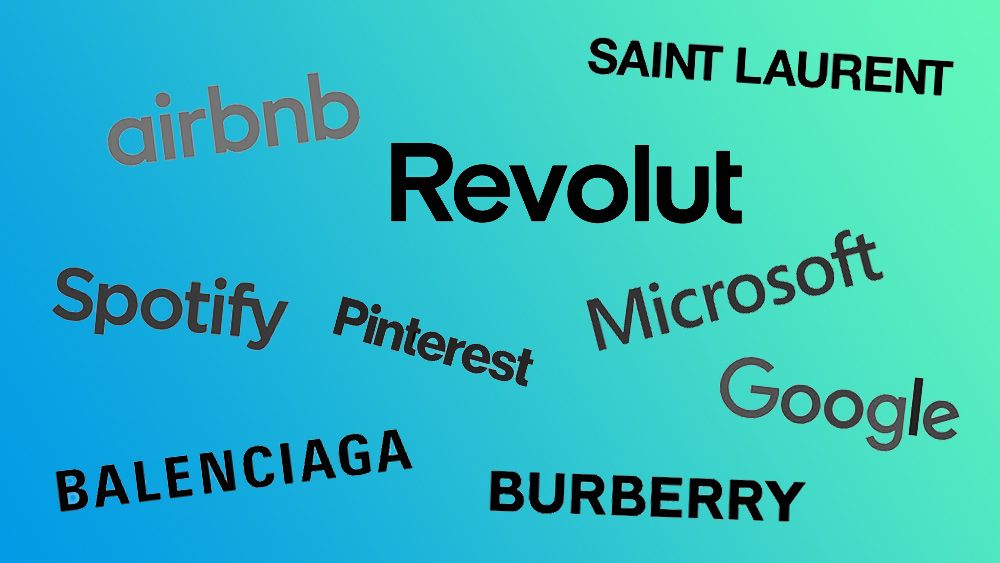Iconic Ads: Budweiser – Frogs

The advertisement, which takes place in a swamp and features three frogs croaking Budweiser in sequence, proved an instant hit.
Anheuser-Busch wanted a new campaign for Bud that would “contemporize” the brand and make it more appealing to the twenty-one to thirty-year-old segment, and so in late summer 1994, Budweiser brand director Mike Brooks sent a memo to two top executives at D’Arcy Advertising, Jim Palumbo and Mark Choate.
He requested that they distribute the task to the creative teams in all of D’Arcy’s locations (New York, Detroit, and Los Angeles in addition to St. Louis) and submit their finest work within a month’s time.
Thirty days later, in a session that lasted several hours in Anheuser-iconic Busch’s “The Fishbowl” room, Choate, Palumbo, and a handful of D’Arcy creative directors presented Brooks with hundreds of campaign concepts.
One idea from the young St. Louis team of Dave Swaine and Michael Smith really resonated with Brooks.
Earlier, David and Michael Smith had been trying their hardest to think of innovative ways to restore the Smith name as a household name.
Four panels of a drawing of frogs lounging on lily pads with a Budweiser sign in the backdrop were presented on a white foam board “art card” measuring twelve by sixteen inches. The card was accompanied by a thirty-second cassette clip of frogs croaking, “Bud… bud… bud… bud.. weis… bud.. weis.. er.”
It was so ludicrous and yet so brilliantly straightforward that Brooks laughed out loud at the folly of it. The most striking movie he saw was “Frogs.”
The following day, Brooks, Choate, and Palumbo presented “Frogs” and two or three more suggestions to Bob Lachky, the senior director of Budweiser brands, August Busch IV, and Patrick Stokes, the president of the brewing division, who were all Brooks’ superiors. The four executives had a tough time explaining why they felt “Frogs” would appeal to twenty-five-year-olds and boost Budweiser sales. They had never seen anything like it before, so it was a novel idea.
There isn’t any beer, and there isn’t the typical “pour shot” with a catchy voiceover phrase about flavour, quality, or tradition that August Busch III favoured in a Bud advertisement. But they could all feel that if the idea was carried out well, people would not only remember it but would probably never forget it.
At the annual weeklong planning conference in September, when all brand directors submit their advertising and marketing strategies for the next year, it was determined that Brooks would make the case to August III. More than 40 executives, including the whole strategy committee and the creative team from D’Arcy, sat at U-shaped tables in the large conference room at the Soccer Park, with the presenter in the middle facing August III, who was seated in the centre of the head table.
Near the middle of his four-hour presentation, Brooks pitched “Frogs” as “a concept for a thirty-second ad, for your approval.” He placed the frog art card over his chest and pressed play on the tape player beside him.
When the recording was over, all eyes went to August III, who showed no sign of surprise. He looked up at Brooks for a while, then back to the art card he was staring at. He lacked a smile. Stokes, Lachky, August Fourth, and the rest of the strategy committee didn’t either. No one said a word as they all sat there in silence.
Finally, August said, “I don’t get it, Brooks.”
“Sir, I’d like to play the tape again,” Brooks replied.
“You do that.”
Brooks hit the play button again as he held the art card over his chest, thinking, “I’m in big trouble here; this was my recommendation.” However, August’s face began to light up with a grin halfway through the repeat, and by the time it was through, he was laughing along with the rest of the room.
“What’s the message of that, Brooks?” August asked.
“Sir, the message is that Budweiser is so attractive that even frogs are drawn to it.”
“That’s fantastic. What’s it gonna cost?”
“Two point three million, sir.”
“What?”
Brooks echoed, “Two point three million,” before describing in great detail the animatronics, robotics, and hydraulics that would be needed to bring the amphibians to life.
August paid close attention and made notes. According to Brooks, the first broadcast was an additional $1.2 million.
“Where’s it going to run?” August asked.
“In position 1-A during the Super Bowl,” Brooks said. “That’s the first thirty-second commercial break after the first possession in the first quarter. It will be the first commercial anyone sees.”
“You believe in this?” August asked.
“Yes, sir, I do.”
“You willing to stake your job on it?”
“I am.”
A grin spread over August the Third’s face as he answered, “Well, then go get ’em, Brooksie.”
DMB&B hired Gore Verbinski, director of The Ring and the first three Pirates of the Caribbean films, to direct the ad. The animatronic frog design was another collaborative effort between the agency and Stan Winston’s company. They were the same team responsible for the special effects of Jurassic Park and many more blockbusters. The frogs’ voices were supplied by Tom Woodard and Ronnie Brooks of Nashville’s Hummingbird Productions.
The commercial was filmed at Universal Studios, on the stage where the original The Phantom of the Opera was filmed. The members of Stan Winston’s team responsible for directing the frogs’ actions were hidden under the swamp. Three guys sat next to the swamp, each with a remote-controlled gadget attached to his head, and they directed the frogs’ mouths. The frogs’ lips moved in sync with the movement of the humans’ jaws. They played the audio track as they lip-synced to the words on the screen.
The iconic Budweiser frogs were used in ad campaigns featuring three croaking frogs gazing at a neon sign. They tend to forget that the frogs initially made certain mistakes.
Super Bowl XXIX was played on January 29, 1995, and quarterback Steve Young set a record by throwing six touchdown passes in leading the San Francisco 49ers to a 49–26 victory against the San Diego Chargers. “Frogs” was ranked at the top for three consecutive months, with over half of survey respondents remembering the ad and liking it “a lot.” However, the actual winners may have been the Budweiser Frogs. According to Advertising Age, the frogs increased Budweiser’s brand recognition among the 21-to 30-year-old demographic.
Reference
From the book Bitter Brew: The Rise and Fall of Anheuser-Busch and America’s Kings of Beer by William Knoedelseder.



